Are gel manicures bad for your nails? A manicurist and a dermatologist share their verdict
Could a fresh set of gels cause damage to your hands and nails? Our senior beauty editor investigates
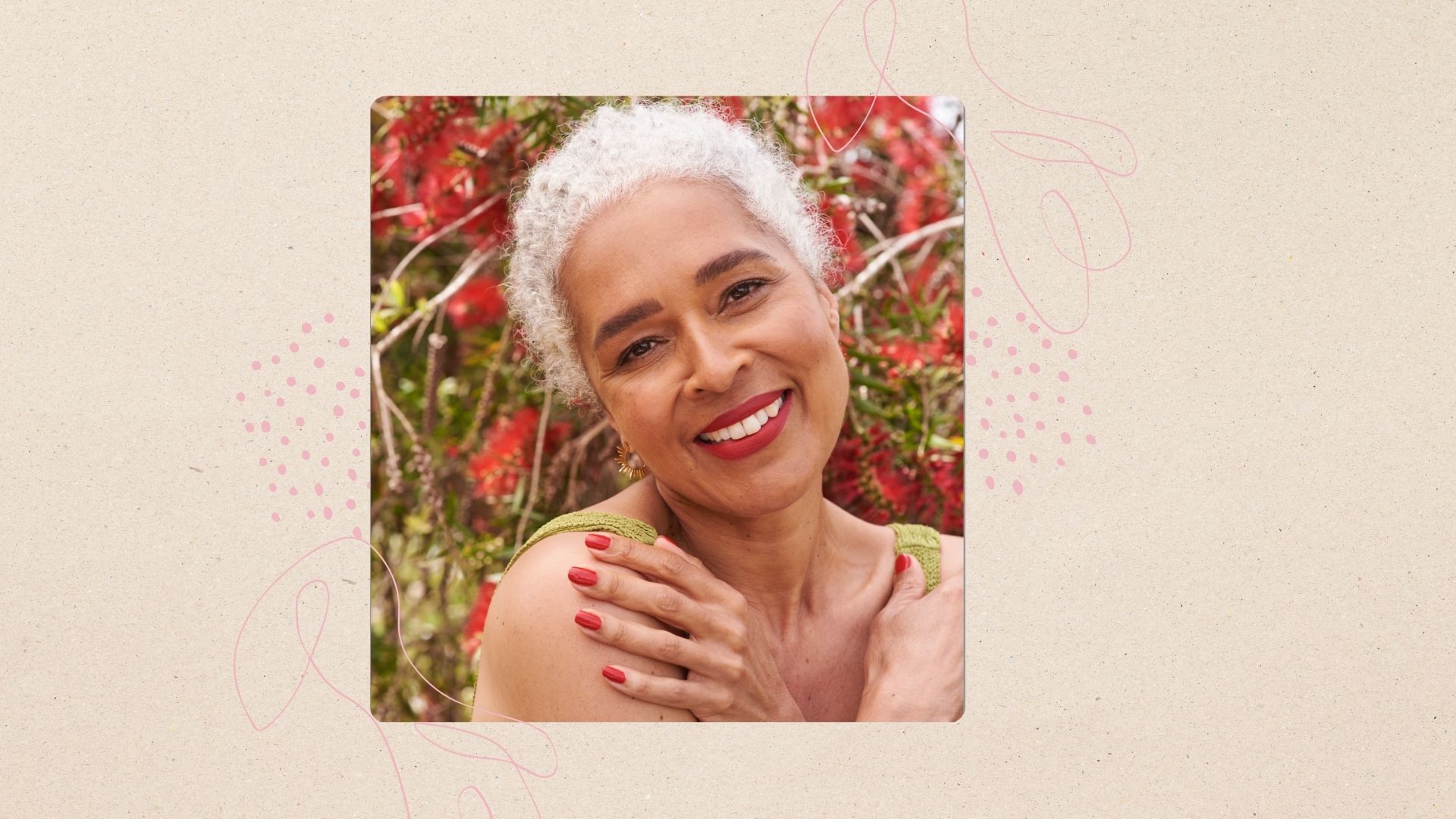

It’s the elephant in the room when you sit yourself in the salon chair - are gel manicures bad for your nails?
While nail trends come and go, the longevity and high shine of this nail treatment can be quite addictive - if you can get a full month of wear from one 30-minute appointment, why would you ever go back to the unreliability of regular nail polish?
Well, you might want to if it damages your nails. But how bad are gel manicures for your nails really? We spoke to nail care expert Michelle Class, who paints the talons of A-listers including Kate Moss, Margot Robbie, and Mariah Carey, to get her expert take.
Are gel manicures bad for your nails?
According to Michelle Class, it depends. “A high-quality, well-applied gel manicure actually protects weak nails and prevents breakage,” she explains. “But in some cases, manicures can lead to damaged nails, especially if they use poor removal techniques, such as over-filing or aggressive soaking processes, which can damage the nail plate.”
Should you take regular breaks from gel manicures?
“Again - it depends,” says Class. “If your gels are applied and removed professionally, using high-quality products with proper aftercare (cuticle oil, hydration, and no over-filing), you can keep wearing them without damage."
"But if your nails start feeling weak, thin, or peeling, that’s a sign they need a break," warns Class. "In that case, doing a two-week ‘nail rehab’ every three to four months - using hydrating treatments, cuticle oil, and a strengthening formula - can help reset them.”
What are the potentially harmful elements of a salon gel manicure?
As Class comments, the question of whether gel manicures are bad for your nails depends on potential avoidable risks - but what are they? “Not knowing how to remove gel nails, including over-filing or aggressively soaking, can damage the nail plate,” according to Class. “Some inferior, cheaper gels can contain chemicals like MMA, which weakens nails."
Sign up to our free daily email for the latest royal and entertainment news, interesting opinion, expert advice on styling and beauty trends, and no-nonsense guides to the health and wellness questions you want answered.
At-home gel manicures are one of the biggest culprits, says Class. "DIY gels often mean improper prep, uneven application, and worst of all - improper removal, like peeling and picking. Many at-home lamps also don’t cure gel properly, which can lead to lifting, allergies, or long-term sensitivity to gel products.”
What about the alternatives?
If you’ve been hearing about gel manicure alternatives and debating BIAB VS gel nails, you’ll know that other long-lasting nail treatments can be less damaging. “Bio Sculpture nails are designed to be more flexible and nourishing; it’s a prescriptive treatment so they can strengthen nails over time,” says Class. “That said, bad technique - over-filing, picking, or leaving them on too long - can still cause damage.”
What can you do about damaged nails?
“Damage can show up as dry, brittle nails that are peeling, or soft and bendy,” explains Class. “You might see ridges, white spots, or discolouration, and in more severe cases, they can become thickened or show signs of fungal infections. If your nails are constantly splitting or breaking, something’s off - whether it’s diet, damage, or product overload.”
So what are the things people with healthy nails always do? “Hydration is key - use cuticle oil twice a day and strengthening treatments that nourish rather than just harden the nail," recommends Class. "And stop whatever caused the damage - whether it’s over-filing, overuse of gel, or picking at your nails - give them a break."
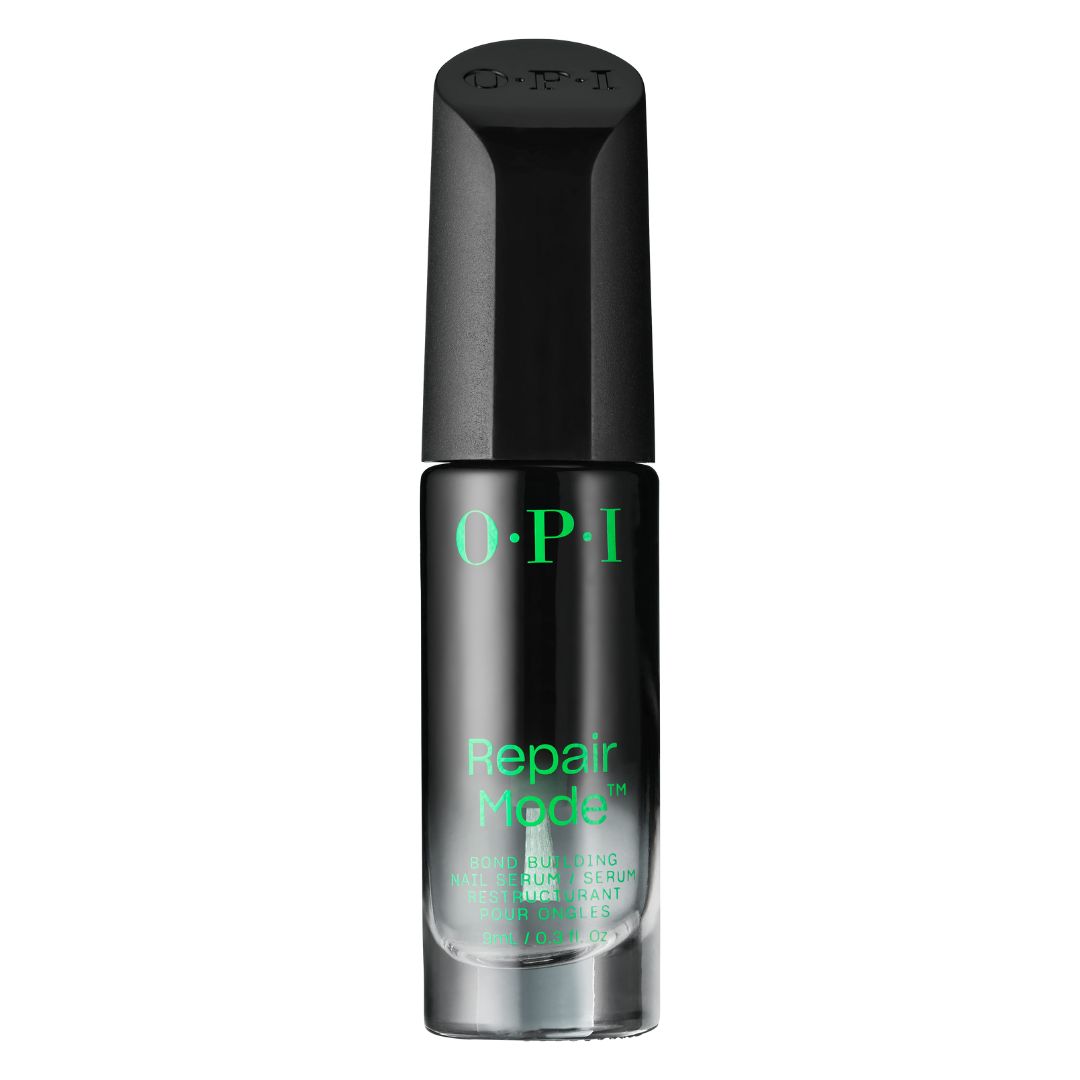
Like Olaplex for your nails, this uses bond-building technology to help strengthen and repair the structure of the nail. It’s a serum, rather than a polish, so it sinks into the nail bed instead of just sitting on the top layer. You can use it in tandem with strengthening polishes for a double-whammy treatment.
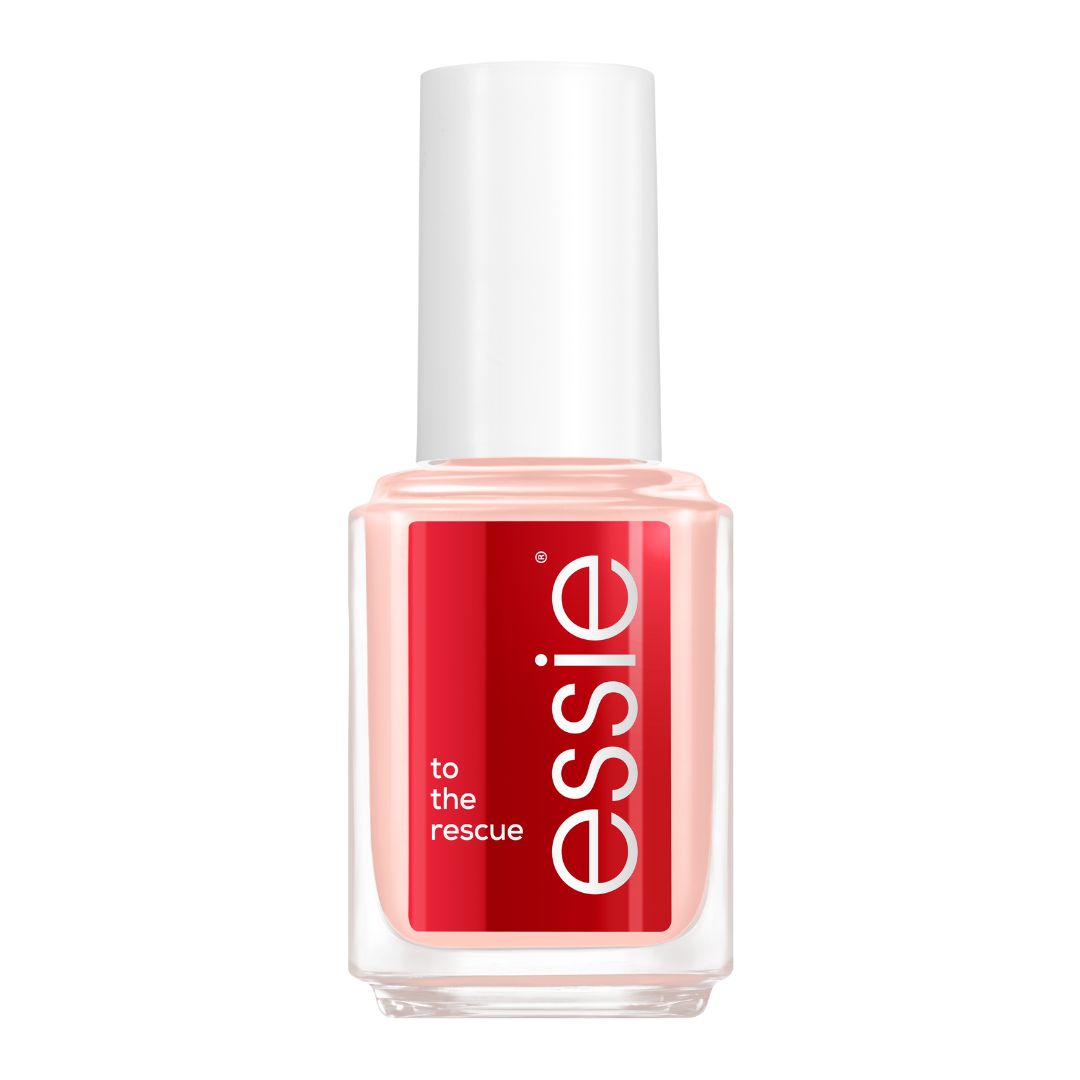
Specifically designed to heal nails that back-to-back gel manicures have damaged, this works especially well on peeling, splitting nails, either on its own or with another nail polish on top. It’s blended with proteins and keratin to strengthen and mend nails within five days, while providing a layer of protection against further harm.
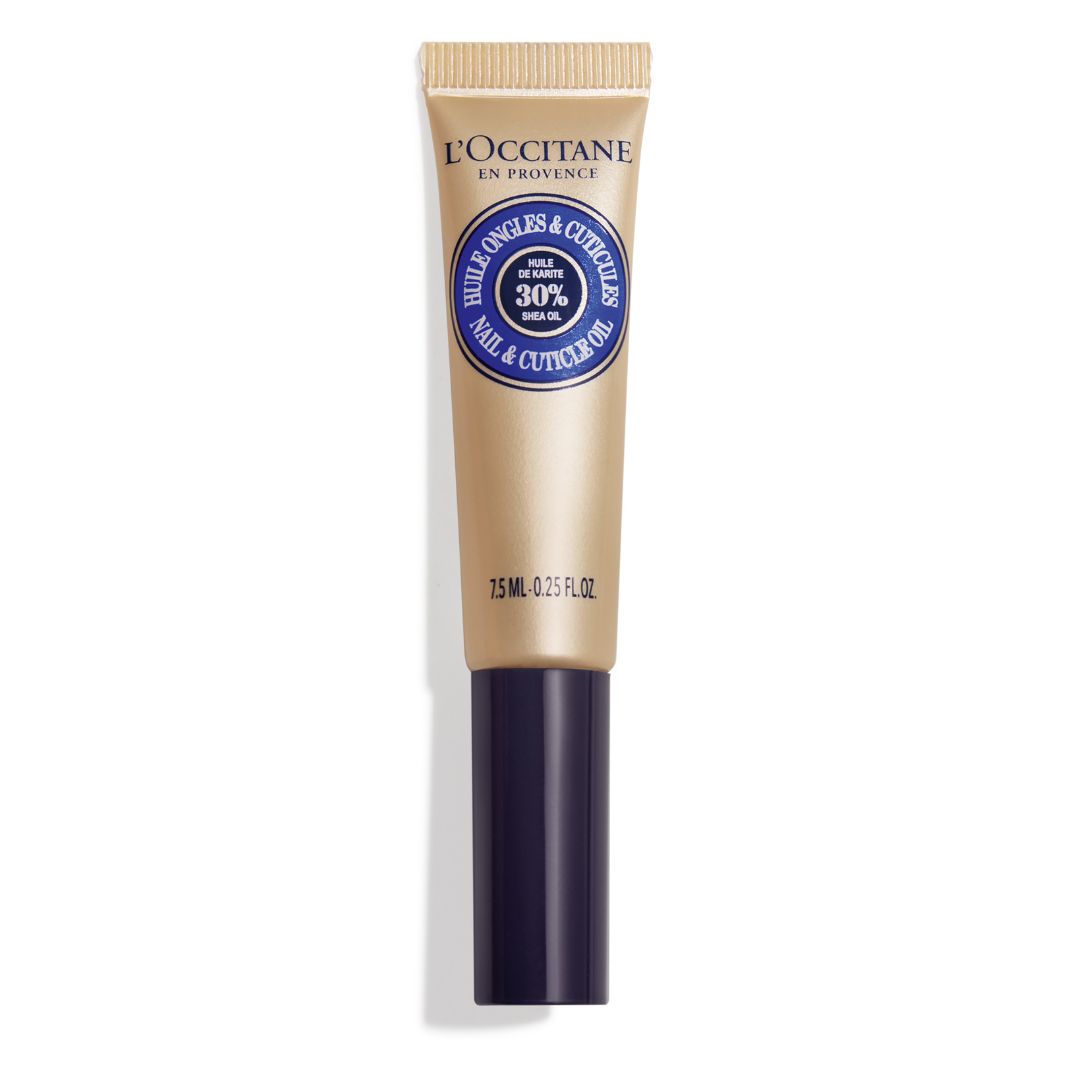
There’s a good reason manicurists are so insistent about applying a cuticle oil daily – it’s the most effective way to keep your nails healthy and strong. The key is to use one that’s easy to slot into your nail-care routine. We love this formula because it’s pocket-sized with a mess-free brush applicator, and it never feels greasy
Are gel manicures bad for your skin?
An overlooked element of whether gel manicures are bad for your nails are the effect they can have on your hands. According to Dr Natalya Grigorovich, dermatologist at ALTA Medispa, “gel manicures aren’t necessarily ‘bad’ for your skin, but there are some things to be mindful of.”
She explains, “The main concern isn’t the polish itself, but the UV or LED lamps used to cure the gel. Repeated exposure, even though it’s brief, can contribute to skin ageing and, in rare cases, increase skin cancer risk if you don’t protect your hands. I recommend applying a broad-spectrum SPF to your hands before your appointment.”
“Another factor is the removal process,” says Dr Grigorovich. “If gels are picked off or removed too harshly, the surrounding skin can become dry, irritated, or damaged. With proper aftercare - hydrating hand cream, cuticle oil, and professional removal - gel manicures can be enjoyed safely. It’s about balance and protection, rather than avoiding them altogether.”
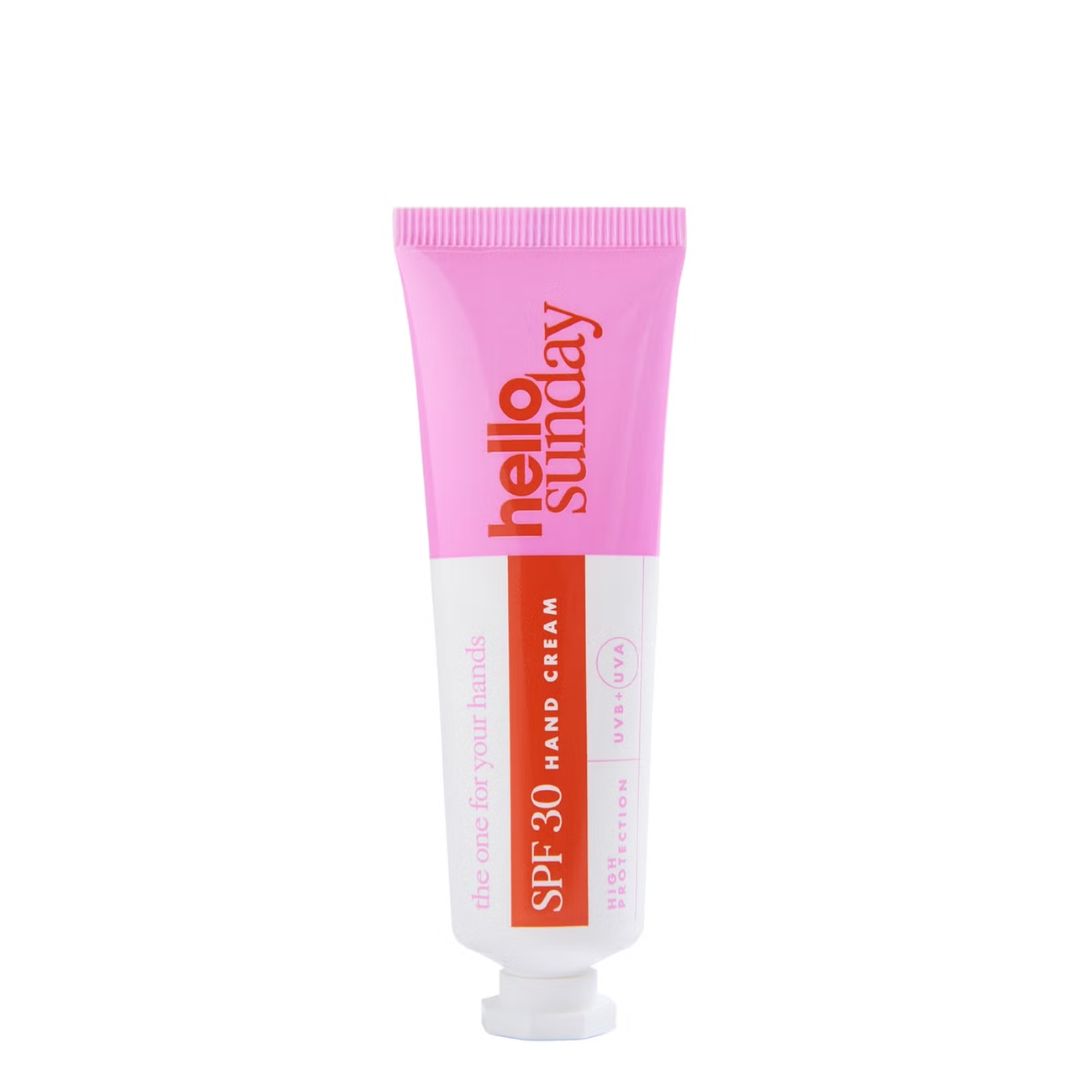
Nourish and protect your hands in one step with this soothing cream with SPF30.

Rhiannon Derbyshire is the Senior Beauty Editor for Woman & Home.
She started interning for glossy magazines in 2011 while working alongside her Fashion Journalism degree. There, she was lured to the beauty desk, seduced by red lipsticks, posh shampoos, and every skincare product imaginable. 10+ years into her career, she now writes about all things skincare, haircare and makeup for six national titles and interviews celebrities, experts and brand founders. She oversees and judges products for the Woman & Home skin, hair and beauty awards, testing hundreds of products yearly.
With 3A curls, Rhiannon specialises in writing about curly hair routines and has a penchant for red lipsticks and minimalist skincare routines - with a bit of LED therapy thrown in.
You must confirm your public display name before commenting
Please logout and then login again, you will then be prompted to enter your display name.